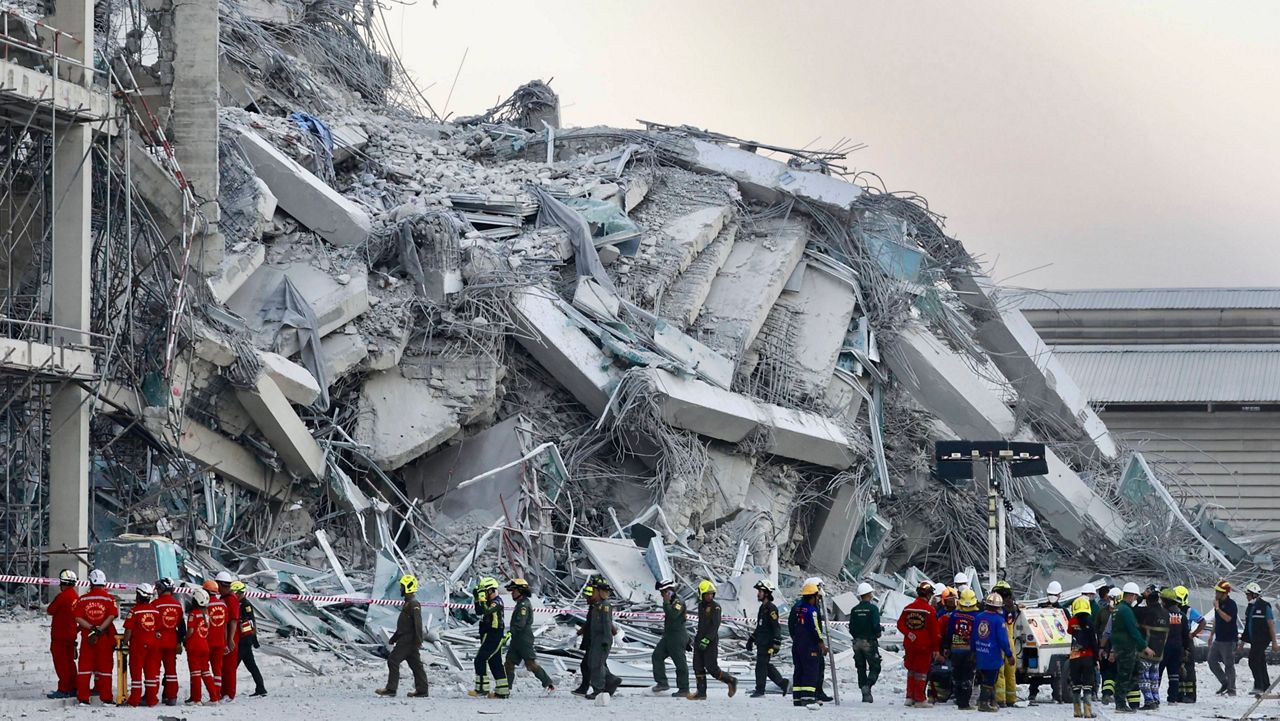SACRAMENTO, Calif. — Jeff Martin has lived in the community of Sites in Colusa County for 20 years and is happy to have the stability of a new job at the local butcher shop in nearby Maxwell.
Martin said he's unhappy about the uncertainty of not having a home in the next few years as he lives in what is slated to be the state's newest reservoir.
"Me and my animals will have to move and I don't know where," Martin said. "And because I rent, they're not going to, I'm not going to get any money to move. So I don't know, It's kind of scary."
The reservoir has been discussed for over 60 years and officials have just signed off on its final environmental impact report.
It was at the top of the list of major projects Governor Gavin Newsom wanted to help fast-track with his new infrastructure streamlining package.
The reservoir would hold 1.5 million acre-feet of water and only be filled when flows are high enough on the Sacramento River, such as when an atmospheric river occurs.
Experts report that the state will see its fresh water supply come more and more from such events rather than melting snowpacks.
Martin said the project is the talk of the town and feels it's a split between those for and against.
Environmental groups like Ron Stork from Friends of The River are against it, saying the environmental impact will be devastating, straining a river system already stressed with diversions, among other effects.
"As more science is being done, that these reservoir projects are methane emitters and cause a fair amount of greenhouse gas emissions, that you wouldn't ordinarily think would happen," Stork said.
Stork said a study the groups, collectively known as Tell The Dam Truth, had done on the potential methane from the reservoir showed microbes would decay at the bottom of the reservoir that wouldn't naturally be there, which could release methane into the air.
Jerry Brown is the executive director of the Sites project and previously helped expand the Los Vaqueros Reservoir.
He said he disputes the methane finding from the groups.
"The modeling that we've done has used that international standard [CACC - Climate and Clean Air Coalition] for evaluating. And our results are significantly lower than what the Tell The Dam Truth's report results show."
As far as buying up the land Martin lives on, "there's several other properties within the valley floor that aren't going to be affected really until we get to the point of filling the reservoir, which is about a seven-year construction period."
Brown says they hope to start construction in 2026.
Even with an extended timeline before he may have to move, Martin said it still weighs on him.
"It's kind of weird; I've never been through this before," he said.
It's a feeling he said he'll try to work through while concentrating on the stable things he's thankful for, like his job.











